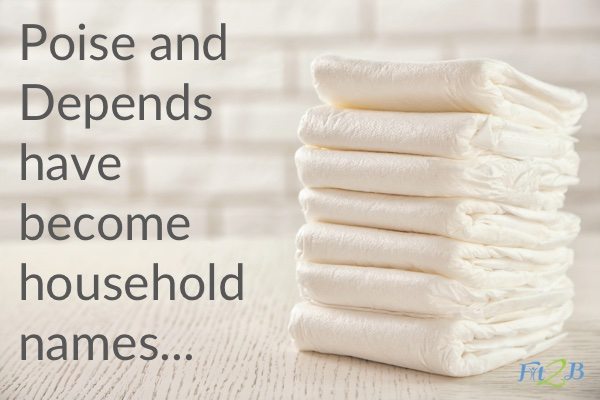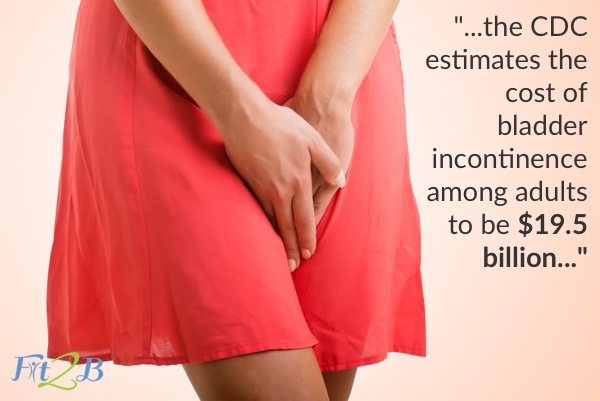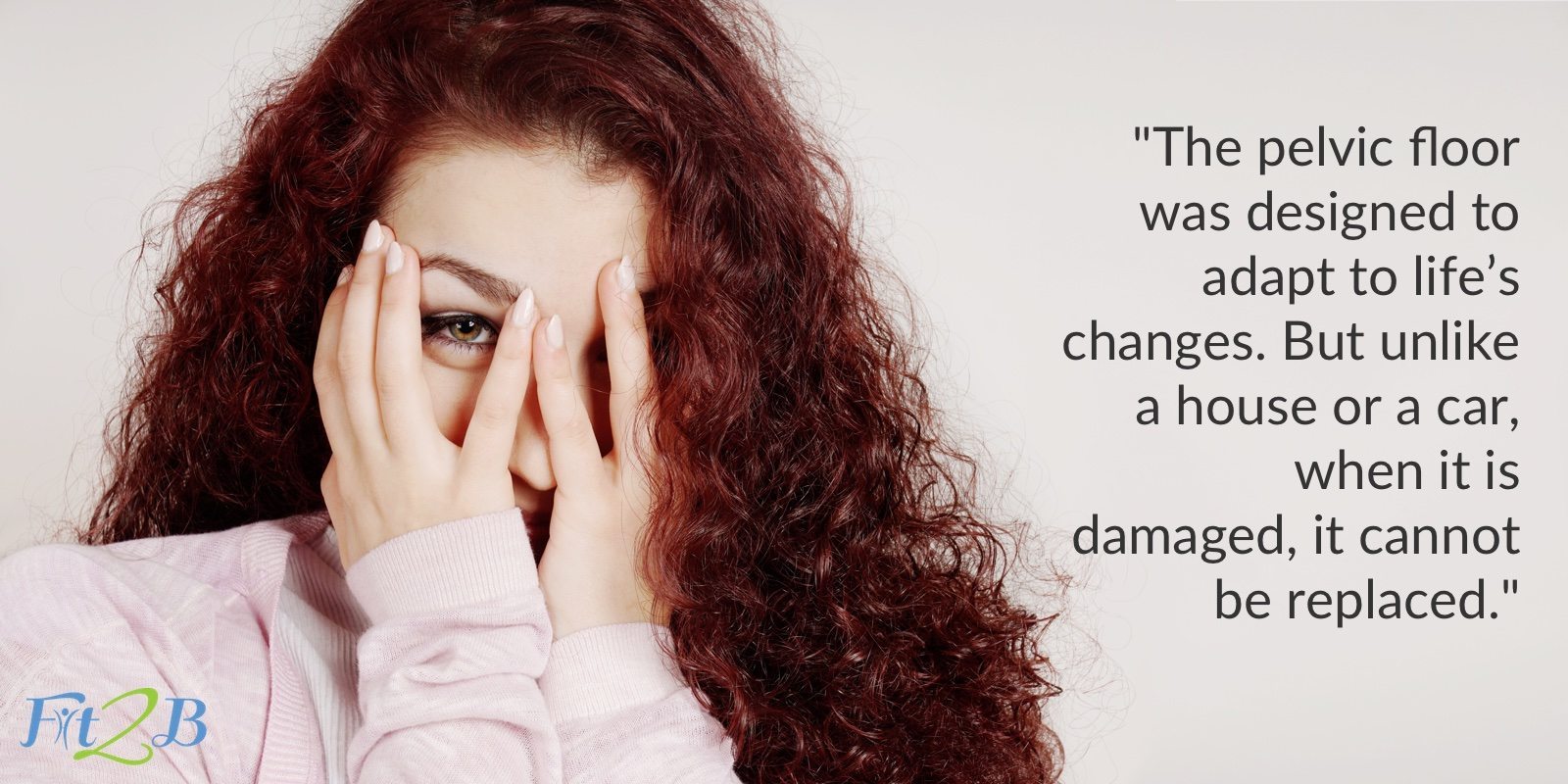Blog, Pelvic Floor
The Cost of Incontinence – Guest Post by LPT, Gill Sukachevin
Remember those baby diaper advertisements on TV?
Without fail, baby diaper brands became a household name. We didn’t even say “diapers.” We would go to the grocery store and look for Luvs or Pampers. We asked our little helpers to get the baby’s Huggies.
 There has been shift to advertisement for adult products?
There has been shift to advertisement for adult products?
Now Poise and Depends have also become household names. Memes are being generated around these brand names. There are more ads in social media regarding these products. Have you noticed that as you move out of the “baby stage” you see ever increasing ads about for adult diapers replacing the baby diaper ads.
It is not our imagination. There has been a shift from advertising for baby diapers to adult incontinence products. People are waiting to start their families later in life and families are shrinking in size. Meanwhile, life expectancy rates have risen. Babies grow out of diapers, but incontinent adults don’t. Or can they?
There has been a deliberate push to normalize leaking in adults. There is also the belief that incontinence is an expected consequence of childbirth. However, there is a cost to that belief. According to the Women’s Health Foundation, incontinent women spend $5,900 more in medical expenses than their continent peers. They see their doctors 6 times more often, resulting in figures of around $1,300 spent in non-generic medications and $900 out-of-pocket expenses for routine incontinent care such as absorbent pads, protection and laundry.
 Translate that to a national level. Currently, the CDC estimates the cost of bladder incontinence among adults to be $19.5 billion. Companies producing adult incontinence products project that to increase by 46% between 2015 and 2020. This, compared to the estimated 2.6% growth in baby diaper sales. Now, if you were in the market, what would you concentrate on? That is a lot of revenue and a market that cannot be ignored.
Translate that to a national level. Currently, the CDC estimates the cost of bladder incontinence among adults to be $19.5 billion. Companies producing adult incontinence products project that to increase by 46% between 2015 and 2020. This, compared to the estimated 2.6% growth in baby diaper sales. Now, if you were in the market, what would you concentrate on? That is a lot of revenue and a market that cannot be ignored.
The pelvic floor was designed to adapt to life’s changes. But unlike a house or a car, when it is damaged, it cannot be replaced.
I think about the amount I spend on my car every year even though I know I will likely replace that car in the future. How much more precious is a body that is not replaceable?
Beth Learn, the founder of Fit2B, asked me in our informal discussion in this video interview, what I would tell the lady in the check out line before she shells out that $12 or so for her incontinence product.
In that short window of time, the first thing I want to offer is hope.
This information about the long-term costs of incontinence is something I wish all women could know. I gathered this information so that you can have it at your convenience.
This is not meant to shame or create fear.
I know that some of you have not received the support and understanding from people who don’t understand why you are investing in caring for a very necessary part of your body. You need a healthy pelvic floor to function. We know that it’s hard to find a good pelvic floor rehab therapist, and it requires precious time and resources. But there is also a cost to ignoring it.
Thanks for trusting us and investing in your pelvic floor health. The freedom from incontinence is worth it.
~ Gillian Sukachevin, MSPT
P.S. I’ve personally helped Beth create the routines she has here on Fit2B for the pelvic floor. If you’re not sure you’re needing or ready for PF therapy, start with her Basic Breath Work and Pelvic Floor Connections routines.

